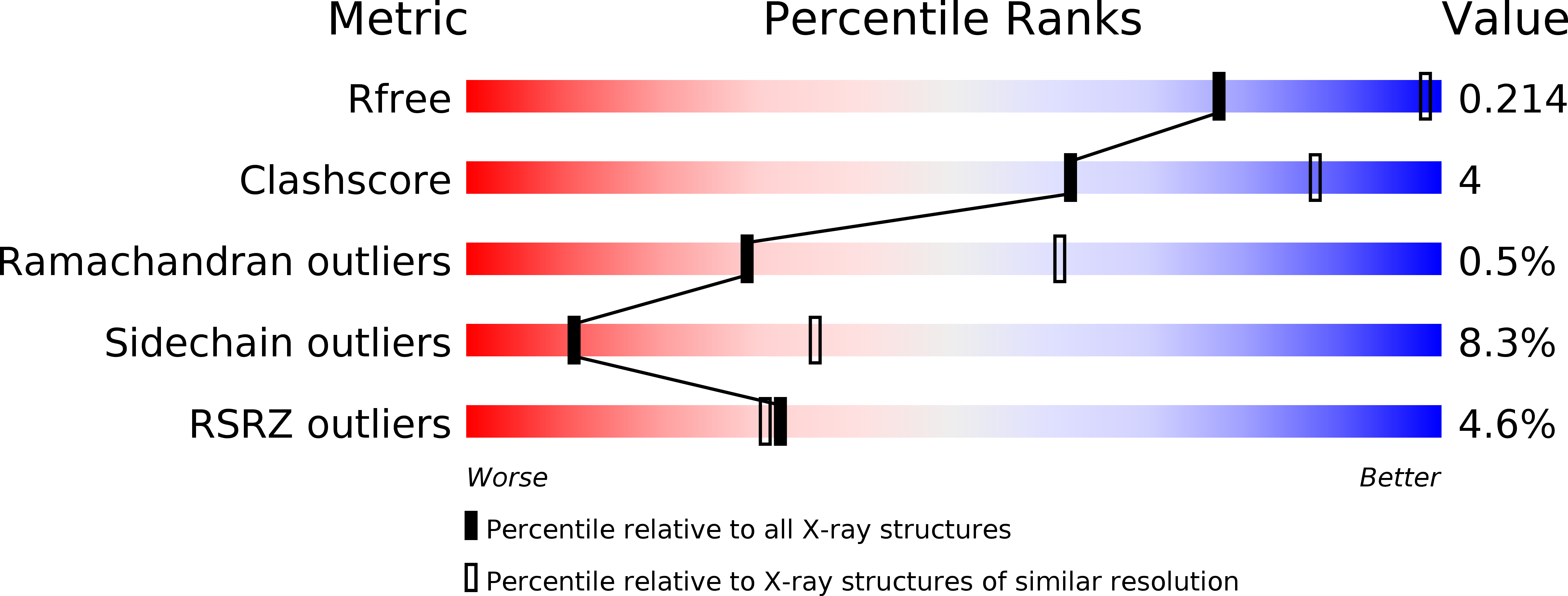
Deposition Date
2012-02-23
Release Date
2012-07-25
Last Version Date
2023-11-08
Entry Detail
PDB ID:
4DVY
Keywords:
Title:
Crystal structure of the Helicobacter pylori CagA oncoprotein
Biological Source:
Source Organism:
Helicobacter pylori (Taxon ID: 85962)
Host Organism:
Method Details:
Experimental Method:
Resolution:
3.30 Å
R-Value Free:
0.24
R-Value Work:
0.19
R-Value Observed:
0.19
Space Group:
P 41 21 2


